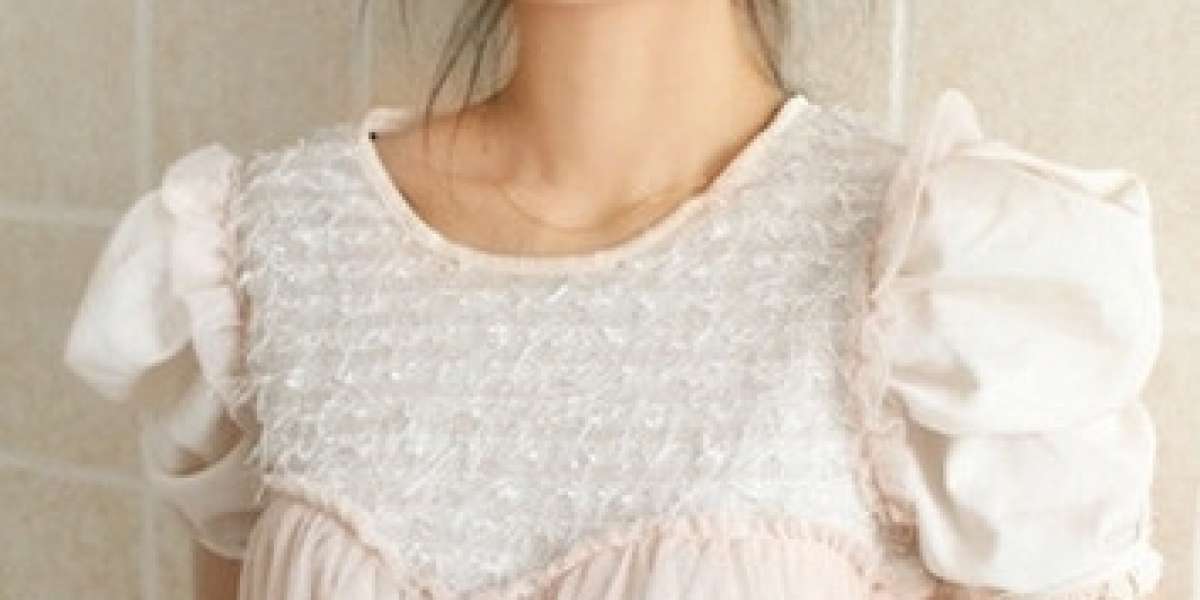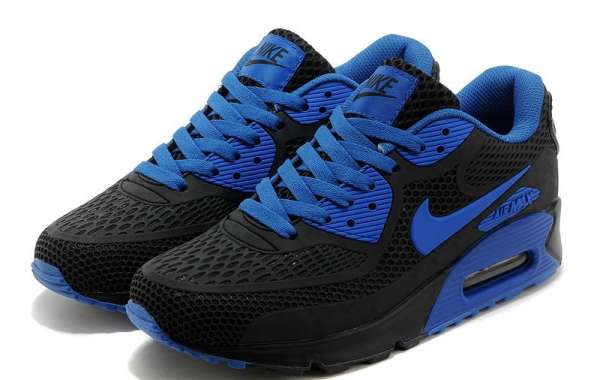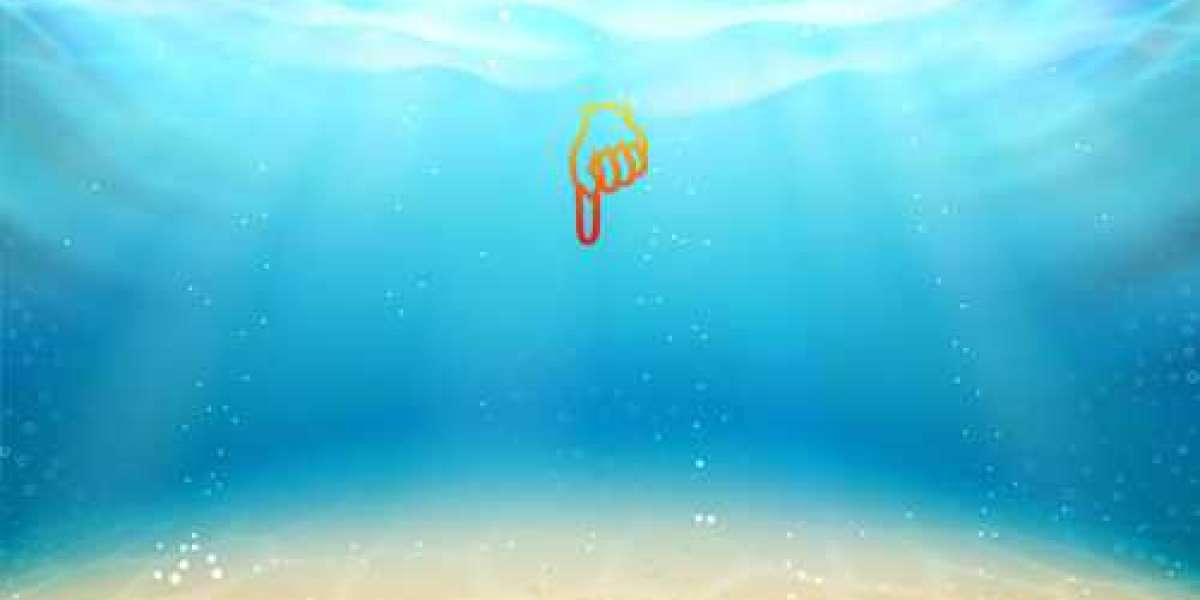How Lacoste Became an Upscale Brand Again
Back in the 1980s, Lacoste polo shirts were so ubiquitous in North America that the French brand’s popularity sparked a backlash, captured by the saying, “Save an alligator, kill a prep.”Get more news about cheap womens lacoste polo shirts,you can vist kictg.com!
The detractors were referring to the wrong reptile (Lacoste’s logo features a crocodile, not a gator). But their derision reflected a Lacoste-mania that has since proved to be the brand’s high-water mark in pop culture. Lacoste hit a long lull a few years ago, hurt by an overexposure that damaged its cachet and a misguided attempt to be a fashion brand.
Today, however, Lacoste is perking up again under its CEO of nearly two years, Thierry Guibert. Lacoste, owned by the Swiss holding group Maus Frères, has seen global sales rise to 1.95 billion euros in 2015 ($2.15 billion) from 1.4 billion euros in 2010. And while the privately-held company won’t disclose sales data for the U.S., its biggest market, or even global data for the other years in that period, Guibert tells Fortune that Lacoste’s stores are now posting comparable sales increases in the United States.
Closing stores: Lacoste has closed some 20 U.S. stores (including factory outlets) in recent years, leaving it with 100 or so. The brand decided to focus on New York, California, Texas and Florida. It has also pulled back on outlets: Guibert says that while outlet stores are far more profitable, they erode cachet over time. He estimates the size of the typical discount has fallen 20 percentage points since their peak a few years ago. “It was painful, but necessary to revamp the brand,” he says. At the same time, Lacoste has opened a few stores, such as the one in Westfield’s new World Trade Center mall in Manhattan.
Putting department stores on notice: Like Coach (COH) and Ralph Lauren, (RL) Lacoste has been hurt by the dwindling fortunes of department stores. Lacoste is sold at Nordstrom (JWN), a few Macy’s, (M) and at the upscale Bloomingdale’s chain. All three chains have suffered through same-store sales declines recently. And all the promotional activity and signage in those stores is inflicting some collateral damage on Lacoste’s prestige. “We had some tough discussions with some department stores because I don’t want us to be anywhere with too much promotion in stores,” says Guibert. (Lacoste gets about half its revenues at its own stores, and half from its wholesale business.)
Less fashion, more elegance: Though our interview with Guibert took place after Lacoste’s New York Fashion Week show in September, the brand is pivoting away from edgier fashion and is tapping its history with more classic styles. “What we stand for is the strong heritage of a French brand,” says Joëlle Grünberg, the head of Lacoste’s North American business. But that also means not trying to take on Nike and Adidas directly, she adds. “We’re not a technical brand, we’re an elegant sports brand.”
Emphasizing Lacoste’s golf and tennis history: Lacoste started out purveying clothing that the founder could wear while playing tennis that was inspired by what polo players wore and allowed greater movement than typical tennis attire at the time. In 1933, he and a partner launched a light Lacoste polo shirt with breathable fabric. Meanwhile, his wife, Simone Thion de la Chaume, was busy becoming a golf star. So both sports are at the heart of Lacoste’s marketing. Lacoste sponsors such events as tennis’s Miami Open, and recently signed on to be the official apparel supplier of the PGA tour’s Presidents Cup.














